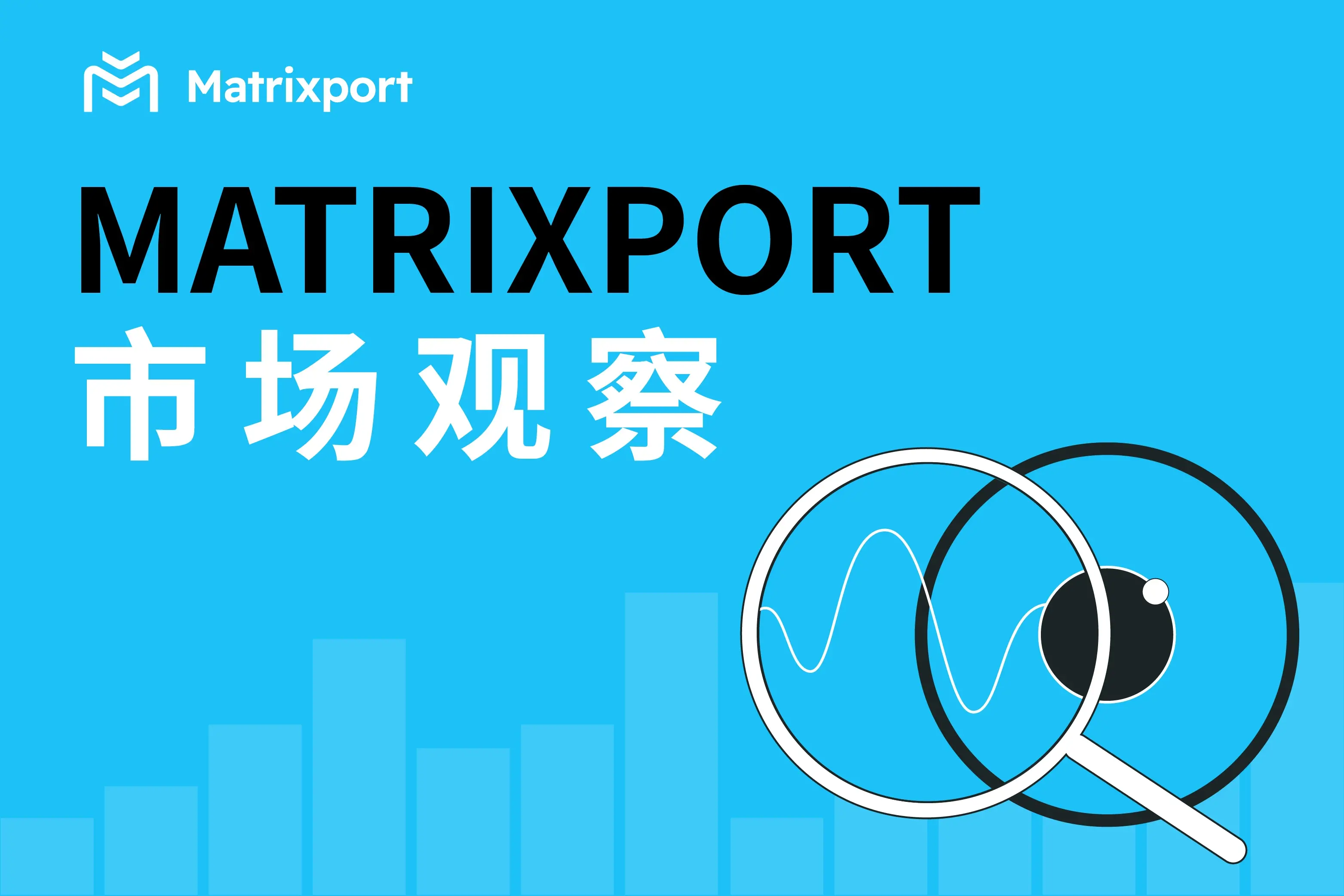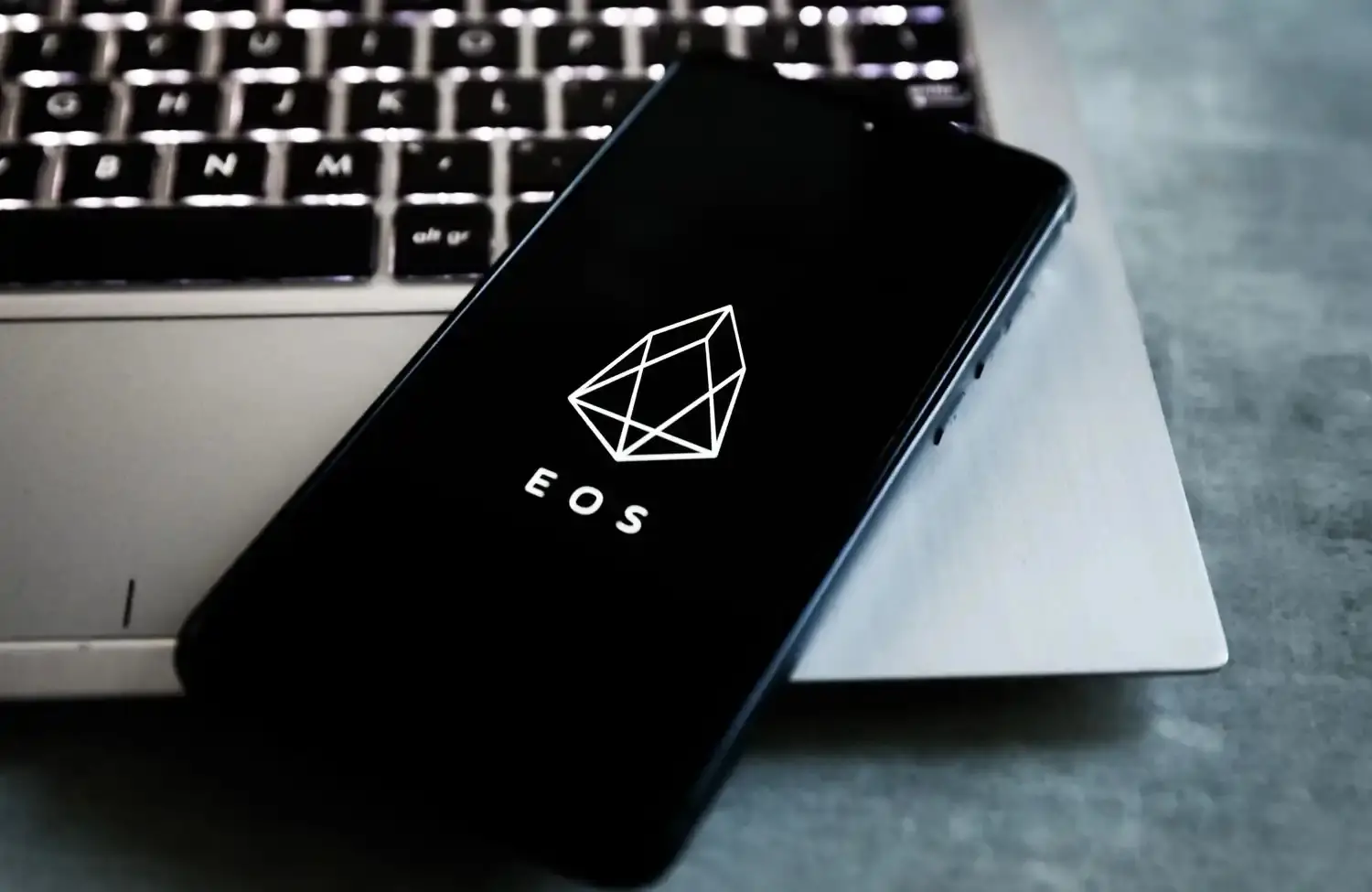Intuition launches InfoFi mainnet and raises $8,5 million for expansion.
- InfoFi Network transforms data into verifiable assets.
- The $TRUST token enables a curation model.
- AI and Web3 gain decentralized infrastructure.
A Intuition InfoFi officially announced the launch of its mainnet, marking the project's transition from the testnet phase to full production operation. This milestone comes after the company raised $8,5 million in funding, combining venture capital investments and token sales on CoinList and Legion, indicating growing market interest in solutions that unify verifiable data with artificial intelligence on Web3.
Intuition's goal is to establish a "composable public trust layer" for the internet, allowing developers and AI agents to create, organize, and query information with guaranteed provenance directly on the blockchain. The company claims that its model introduces a new type of infrastructure capable of transforming data into a programmable, verifiable, and monetizable asset class, driving the concept of Information Finance (InfoFi).
The network architecture operates as an orbital layer optimized for the Arbitrum ecosystem, prioritizing high throughput and reduced transaction costs. This design aims to handle large volumes of data and verifiable metadata in real time, something considered essential for applications that rely on AI.
The mainnet launch follows a beta test that garnered strong traction: over 244 users, 5,3 million transactions, and 5,1 million processed attestations. In its most recent cycle, the testnet surpassed 17,5 million transactions in just eight weeks, with over 900 unique accounts interacting with the system.
The infrastructure operates on two fundamental pillars: Atoms — canonical identifiers of information such as identities or concepts — and Triples — statements structured in subject-predicate-object format. These components form a Token-Curated Graph, where relevance and credibility are determined by staking, binding curves, and associated fees.
The protocol's native token, $TRUST, is used for gas fees, data creation and curation, governance, and on-chain queries. Users can also participate in value capture by contributing verifiable knowledge to the network.
CEO Billy Luedtke highlighted that the launch represents years of development to decentralize information:
"We are moving beyond the use of decentralized infrastructures exclusively for finance, towards the decentralization of information itself."
Intuition plans to expand collaborations with Web2 and Web3 companies, including Google Cloud, MetaMask, Polygon, Consensys, Gaia, and others, to drive the adoption of InfoFi on a global scale.
Disclaimer: The content of this article solely reflects the author's opinion and does not represent the platform in any capacity. This article is not intended to serve as a reference for making investment decisions.
You may also like
The "Bankruptcy" of Metcalfe's Law: Why Are Cryptocurrencies Overvalued?
Currently, the pricing of crypto assets is largely based on network effects that have yet to materialize, with valuations clearly outpacing actual usage, retention, and fee capture capabilities.

Need Funding, Need Users, Need Retention: A Growth Guide for Crypto Projects in 2026
When content becomes saturated, incentives become more expensive, and channels become fragmented, where lies the key to growth?

EOS faces renewed turmoil as the community accuses the Foundation of running away with the funds
The collapse of Vaulta is not only a tragedy for EOS, but also a reflection of the shattered ideals of Web3.

Exclusive: Revealing the Exchange’s New User Acquisition Strategy—$50 for Each New User
Crypto advertising has evolved from being barely noticeable to becoming pervasive everywhere.

